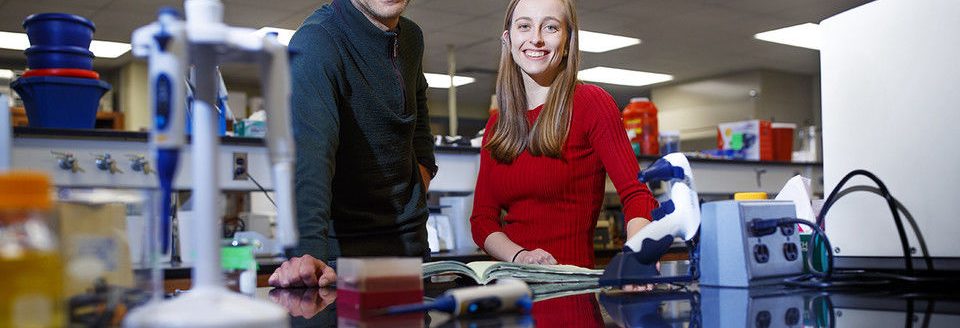Agricultural Research Service scientists at the Plum Island Animal Disease Center in Orient Point, New York, have made two important advancements against African swine fever virus, which causes a lethal disease in pigs.
Last year, the research team developed several vaccine candidates by deleting genes to attenuate (weaken) the virus. They used a technique called “gene editing” in which DNA can be directly inserted, deleted, modified, or replaced in the genome of a living organism. As a result of this research, the team has currently licensed four different ASF vaccine candidates to commercial partners for further development.
A recent change in regulatory status may speed up commercial work on the candidate vaccines, said Douglas Gladue, an ARS microbiologist at PIADC. “Three of our vaccine candidates have been removed from the Federal Select Agent list,” which is a list of agents and toxins that must be worked on in facilities with the highest level of biosafety (BSL3), he said. PIADC is one of only two BSL3 facilities in the United State authorized to work with ASFV. “Removal from the Select Agent list could pave the way for our vaccine candidates to be worked on in other facilities in the United States and worldwide,” he said.
In a second major advancement, after an intensive screening process, the ARS team identified a commercially available stable cell line for diagnostic labs to use specifically in testing for infectious ASFV. Until now, fresh swine macrophages (large white blood cells) were the only cells that would work in the diagnostic testing process. This required labs to continuously culture fresh cells so they would be ready if and when a sample arrived for testing.
Now, however, the researchers say this other cell line, from an African green monkey, works as well as macrophages, and it can be frozen until needed, eliminating the need for continuous culturing.
“The advantage is enormous. You can keep the cell line in the freezer until you need it, and then you can have it in culture within 2 days,” said ARS microbiologist Manuel Borca. It also frees diagnostic labs from the need to obtain donor pig blood and process the macrophages, he says.
Using the commercially available primate cell line rather than fresh swine macrophages will save time, labor, equipment, and money. These cells are now available to diagnostic labs, including the Foreign Animal Disease Diagnostic Laboratory, part of USDA’s Animal and Plant Health Inspection Service.
Gaining control over ASFV is crucially important to swine producers worldwide. Although the virus has not reached the United States, it is present in parts of Europe, Asia, and Africa. The disease is almost always fatal in swine, and outbreaks result in trade restrictions and significant economic losses globally.
The research team is currently awaiting news on patenting a third important advancement in the fight against ASFV.



